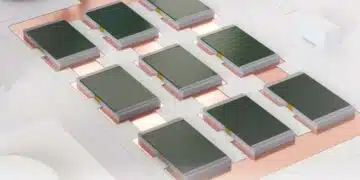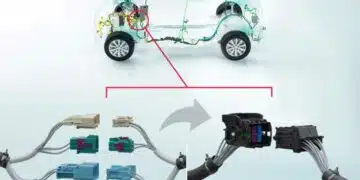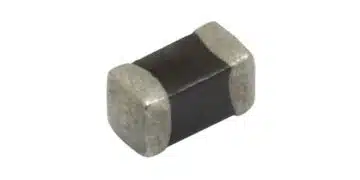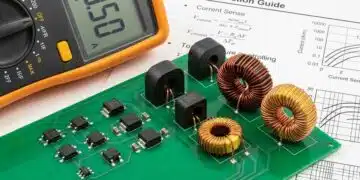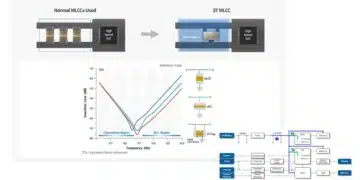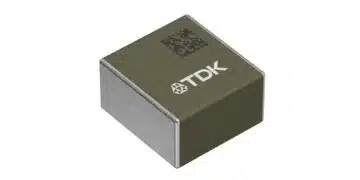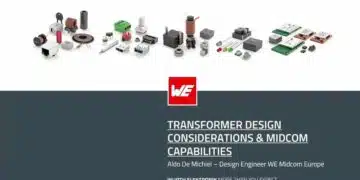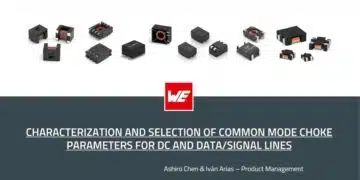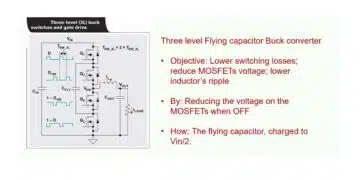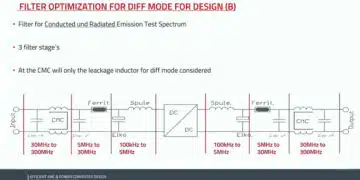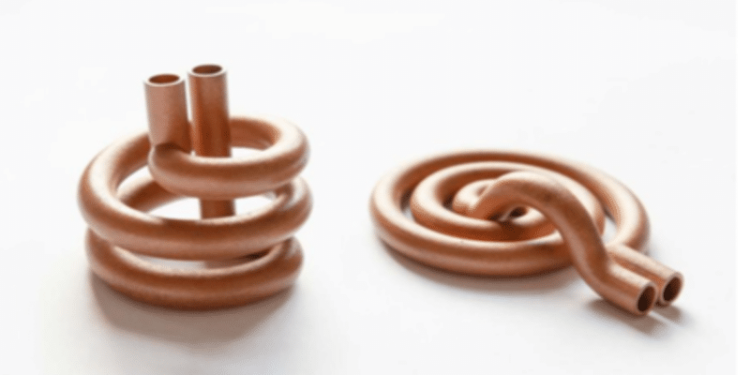source: 3D priting progress news
The Berlin-based software company trinckle provides design automation for 3D printing – with a focus on product customization. For the PROTIQ Marketplace, the company developed a web-based configurator for inductors that enables customers to configure and order customized copper inductors in a fully digitized process.
Starting with a customized component design based on intuitive online configuration, an automatic order system, and finally additive production on-demand, the PROTIQ Marketplace operates seamlessly digital and automated. In this way, it stands out from existing solutions on the market.
For the realization of this idea, which a few months ago was still a vision, PROTIQ teamed up with the Berlin-based software company trinckle, a specialist for web-based design automation. A closer look at the use case of additive-manufactured inductors shows the advantages of digital customization opportunities. Use Case – Additive manufactured copper inductors Induction heating is a secure and energy-efficient heating process that allows all electrically conductive materials to be heated quickly and effectively. The process can be controlled precisely, is reproducible and extremely fast.
In the metal-processing industry, this heating method is therefore frequently used for semi-automated serial production. However, the production of high-performance inductors is very complex: Their geometry must adapt as precisely as possible to the shape of the workpiece to be heated. This allows a well-defined magnetic field to be generated. For this reason, induction coils must be specifically designed and produced for various applications. With conventional manufacturing processes like manual bending or brazing, however, it can take weeks or even months from order to completion of an inductor. Additive manufacturing offers a promising alternative in many respects.
Since additive manufacturing technology does not require tools and molds, specific geometries can be produced for each individual application without increasing production costs. There are no change-over times in 3D printing, which speeds up production considerably. Only those inductors that are needed by the customers are manufactured on- demand. Furthermore, additive manufacturing is particularly suitable for the production of complex geometries. In the case of inductors, this means that geometries can be adapted much more accurately to the respective work piece than it would have been possible with conventional bending or brazing.
PROTIQ’s additive-manufactured inductors are already in serial production today. Customers include automotive manufacturers, which indicates the maturity and technical superiority of additive manufacturing. The path towards a seamless digital process chain: Design automation For the production of customized copper inductors, additive manufacturing itself offers significant added value for the customer.
However, Dr. Ralf Gärtner, Managing Director of the PROTIQ Marketplace, is not satisfied with this. He seeks for a fully digital business model: “Thanks to our self-developed process, we have the production side for highly conductive copper well under control. In order to ensure that our customers receive 100% application-specific inductors with an optimized magnetic field within the shortest possible time, we have to consider the design of the required 3D models as well. We want to enable our customers to configure the tailor-made inductor models online in just a few minutes. This is where our technology partner trinckle comes into play. Using our inductor generator on PROTIQ.com, which is based on trinckle technology, users simply select the basic form required for their application. Based on this, they can determine individual parameters such as the number of turns, coil diameter or the positioning of the connection. There are currently six basic shapes to choose from, which can be adapted to your personal needs with just a few clicks, according to a flexible modular system.”
In fact, the configuration process with the web-based inductor generator only takes a few minutes, resulting in a design optimized for 3D printing that would require even experienced CAD designers to invest a few hours. Despite the very complex geometries and the almost unlimited adaptation possibilities, the handling of the configuration interface is straightforward. No previous CAD knowledge is required here, and no know-how in AM- compliant design is required. The configuration software ensures functionality and producibility of his design. Neither the customer nor the design department of the PROTIQ Marketplace have to invest expensive CAD working hours.
The trinckle software enables a seamless digital process chain, because the price of the inductor is calculated in real time during the configuration. This allows the customer to order directly online. Instead of a time-consuming exchange of design data, quotations and communication loops, the result is a web-based design and ordering process that leads to an order in a matter of minutes.
“We were able to close the gap in the digital business model of the PROTIQ Marketplace and realize a customer-specific design creation. A manual design process would have caused enormous costs and could have compromised the viability of the business model. Now that every customer can access an optimized inductor model intuitively, online and without effort, we see a fully digital and scalable process. A great application example for our configuration software paramate”, says trinckle Head of Business Development, Dr. Ole Bröker.
Start of an intensive partnership: PROTIQ & trinckle Meanwhile, there is no shortage of ideas to boost the digital process with additional customer added value: “In the next step, we would like to extend the online configuration with an instant simulation of the resulting magnetic field,” says Dr. Bröker. Both Gärtner and Bröker emphasize that the copper inductors will only be the first of many future applications that the two companies have in mind: “Product-by-product PROTIQ plans to move from additive producibility to scalable business models. With trinckle, we have the right partner at our side to cover the entire digital process chain. We are already identifying the next projects for 2018 and going into intensive discussions with our customers to learn which individual needs are particularly urgent,” says Dr. Ralf Gärtner, explaining the plans for a future cooperation between RPOTIQ and trinckle.
Source and top image: trinckle.com




